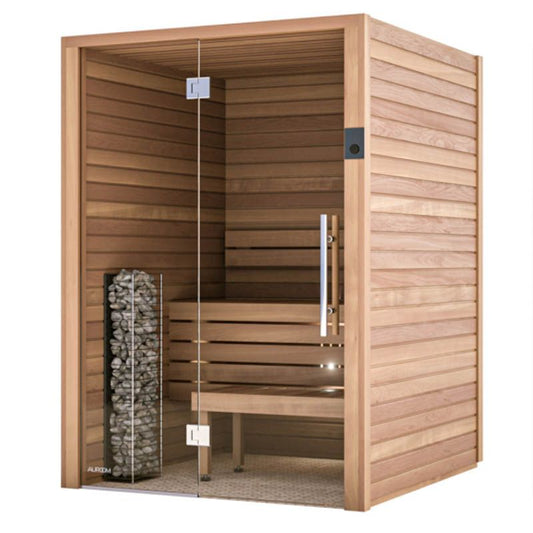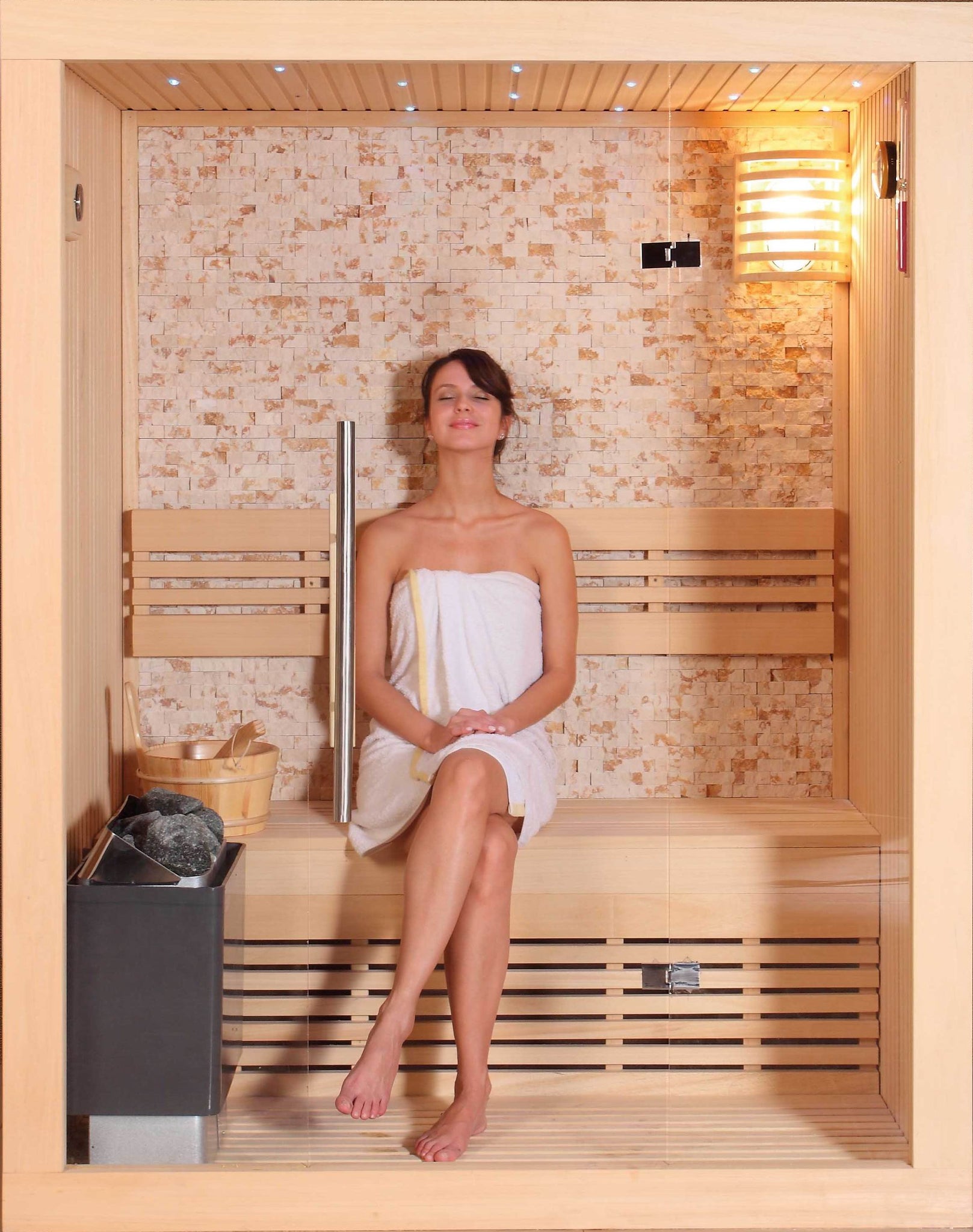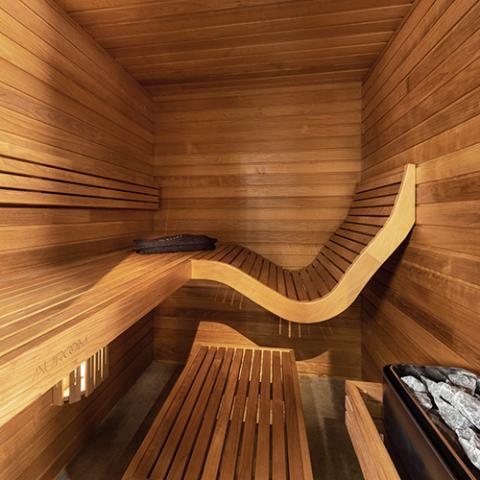Our Traditional Sauna Diaries
Our Traditional Sauna Diaries
Blog Article
Unknown Facts About Traditional Sauna
Table of ContentsThe Single Strategy To Use For Traditional SaunaThe 7-Second Trick For Traditional SaunaExamine This Report about Traditional SaunaThe smart Trick of Traditional Sauna That Nobody is Talking AboutA Biased View of Traditional Sauna
The majority of the weight lost in a sauna is water loss and is re-gained upon rehydrating. Without a doubt sauna can be a crucial component of a healthy and balanced weight loss program. To consider the differences between standard and IR saunas, I will certainly separate these into proven, academic, and made distinctions.Hence, the best point in the saunawhich is at the ceiling straight over the sauna heateris generally between 185 and 190 F. Claims that a standard sauna surpasses 200 F is just not real and not relevant for electric saunas sold in the United States. The temperature level for a far-infrared sauna is usually set in between 120 and 140 F; nonetheless, unlike the conventional sauna, the goal in and IR area is not to attain a high temperature level.

When a traditional sauna has actually been effectively heated up, the sauna wall surfaces are warm, the air temperature has attained set temperature level and the rocks are extremely heated. As an intriguing side note, the heated walls and the rocks are releasing far-infrared heat, incorporated with the heated air, to create an "wrapping up heat".
5 Easy Facts About Traditional Sauna Described
When the heat is attained, the elements cycle on and off to preserve the heat. Most traditional sauna individuals take pleasure in putting water over the rocks to produce steam to increase sauna moisture levels. The advantages of putting water over the rocks consist of: making the room a lot more comfy, moistening the nasal flows, and allowing the use of aromatherapy by blending vital oils with the water.

When the energy enters the body, it creates the body temperature to boost and eventually leads to sweating. In an infrared sauna it is necessary for the emitters/heaters to remain on almost constantly. Since there is no mass of rocks to keep warmth, the sauna find out here will certainly cool down if the emitters shut off.
The 5-Minute Rule for Traditional Sauna
As pointed out above, the sauna bather in an infrared area desires to place himself in front of running emitters to get maximum take advantage of the warm. The heating time for both spaces can be very various, depending upon just how the spaces are used. For a conventional sauna, a bather should enable 30-40 mins for the space to accomplish a wanted temperature level and to effectively pre-heat the rocks.

A well created sauna will usually attain a temperature of 150-160 F in about 30-40 minutes. For hotter temperatures, the space might require to warmth for a longer duration.
To some, 15 mins was "thrown away" while the infrared energy heated the wood panels instead of warming a body, while others find a pre-heated room to be much more comfy and think a raised beginning temperature level is needed to start perspiring. The size of advised use for each space is around the exact same (10-15 minutes per session); however, because of the reduced air temperatures and the ability to really feel the effects of infrared heat much faster than a traditional sauna, it is not uncommon for a person to spend a total of 20-30 minutes in an infrared sauna.
Traditional Sauna - Truths

The average expense per kWH of electrical energy in the U.S. is about $0.11, so a 4.5 kW heating unit will certainly set you back approximately $.50 to run for one hour, if the visit the website heating unit runs continually for one hour. Normally a sauna heating system will run for 75% of the initial hour and 50% of succeeding hours on because the components cycle once the set temperature level is attained.
A 2 person far-infrared area is normally physically smaller than a conventional sauna, often regarding 4' x 4' or smaller sized. The IR heating unit is generally 1.5-1.7 kW making use of a 120 volt 15 amp plug-in service. Considering that the area can be made use of sooner than a sauna area, we will assume the room is used for to of an hour including warm up time.
There is a rarely talked about difference in the social experience in between the 2 areas. While our society has actually shed several of the social advantage of the standard sauna experience, it can be extremely socially satisfying (Traditional Sauna). From family members time in the sauna, to heart-felt discussions with loved ones, to sauna partiesthe conventional sauna experience can result in intimate interacting socially
Things about Traditional Sauna
The majority of higher end infrared areas include colored light therapy, audio systems and full-glass fronts.
Report this page